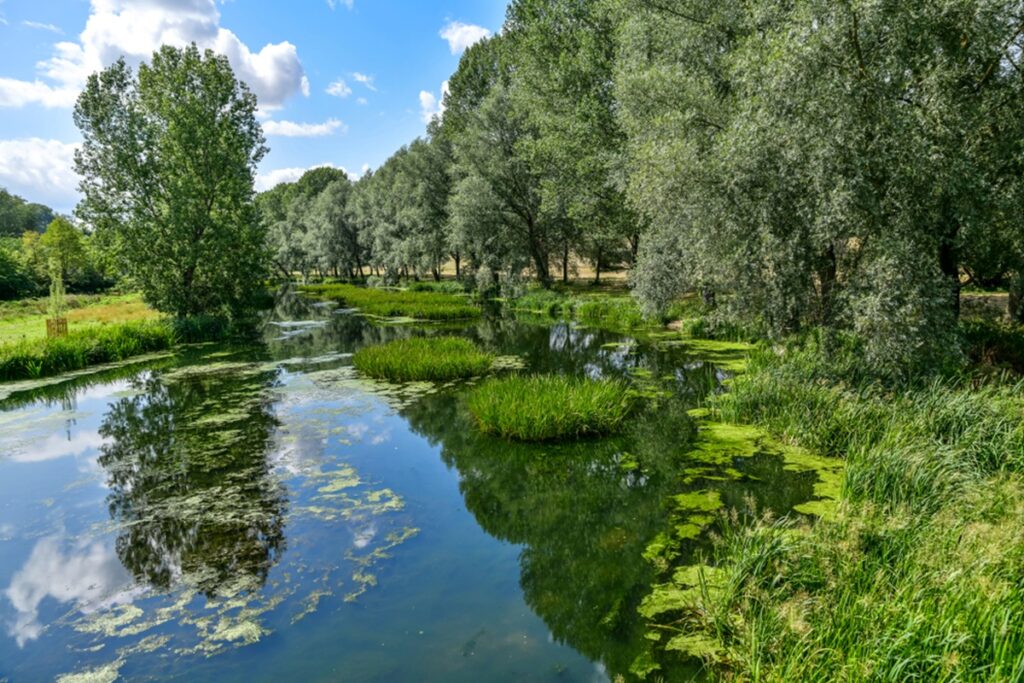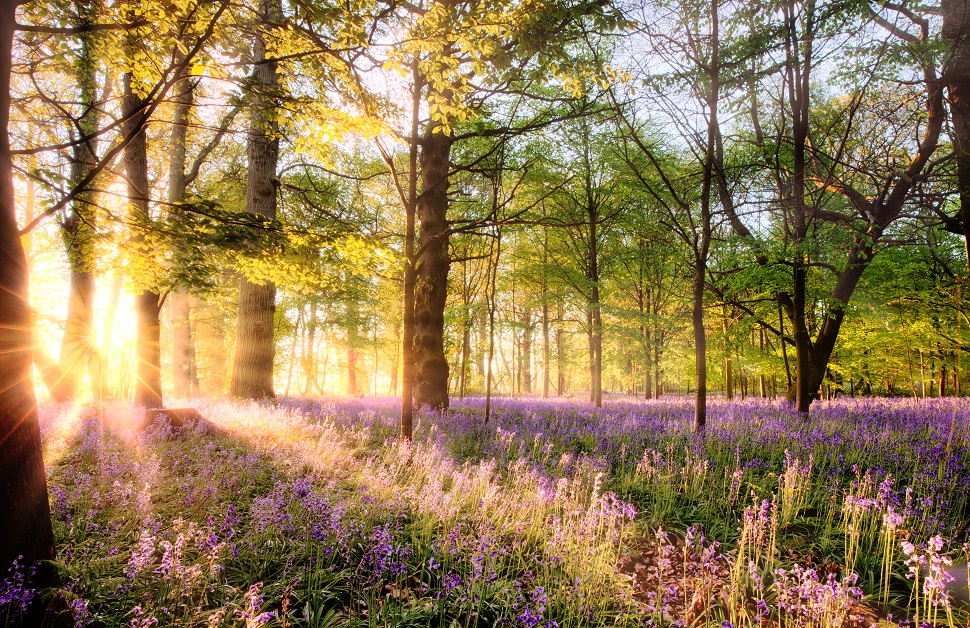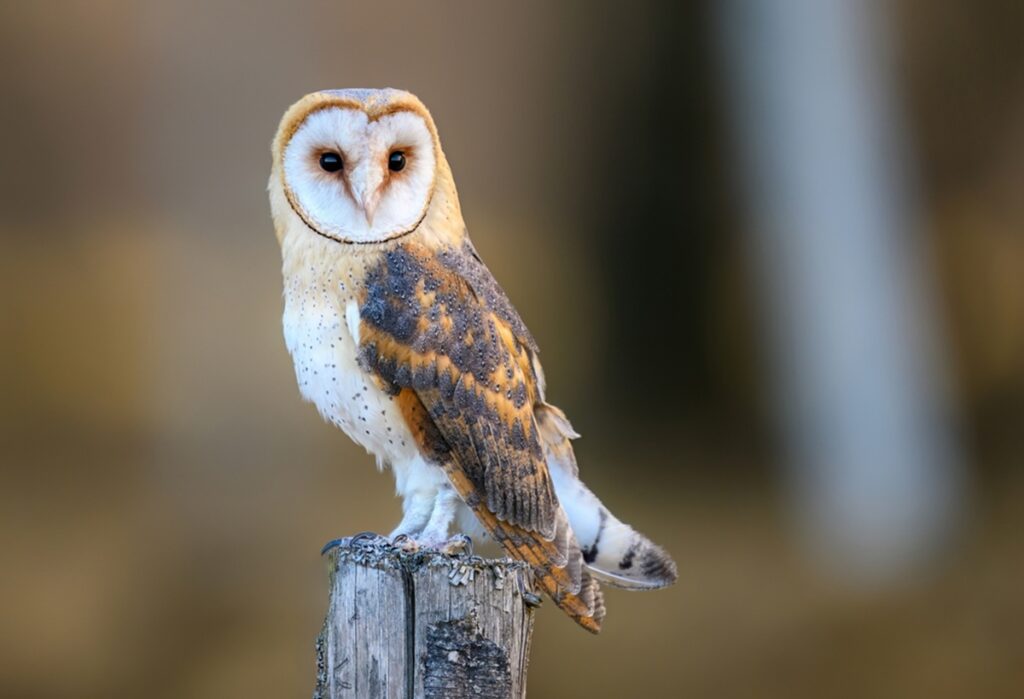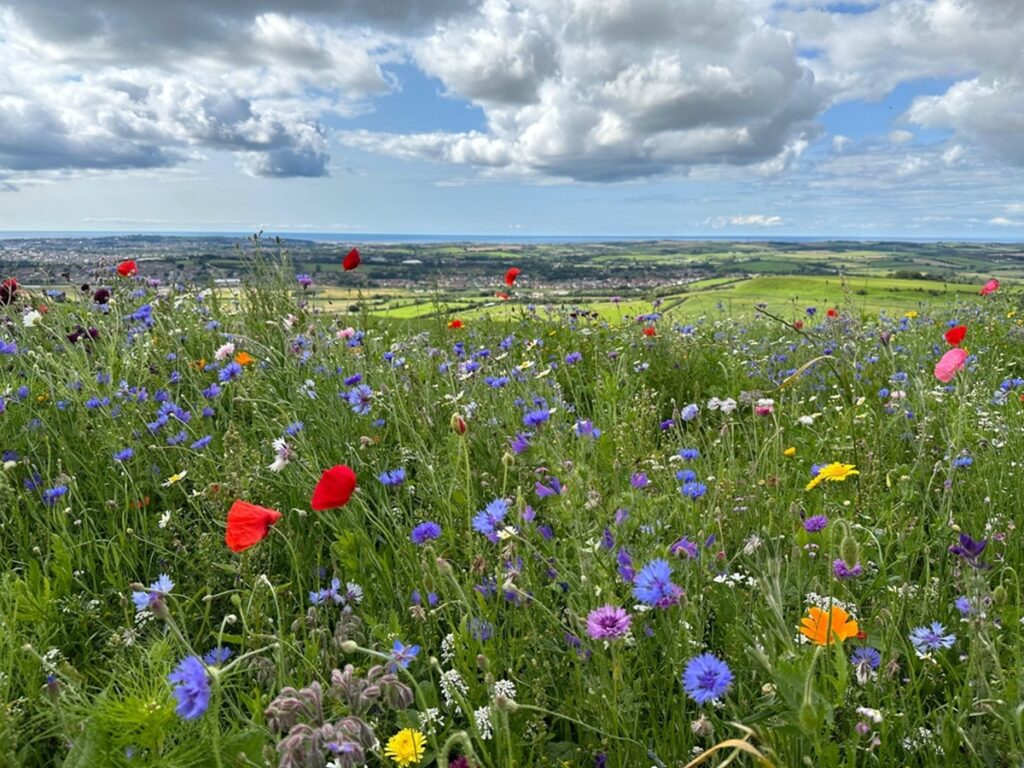What Biodiversity Net Gain Means for Nottinghamshire
Following the Environment Act 2021, developers in Nottinghamshire are now legally required to deliver measurable improvements to biodiversity. From February 2024, most planning applications across the county must demonstrate at least a 10% biodiversity net gain (BNG), calculated using the government’s statutory Biodiversity Metric, in order to achieve planning permission.
This requires all planning applications, from housing developments in Nottingham and Mansfield to smaller rural schemes near Newark or Worksop, to measure existing ecological value, calculate post-development biodiversity, and set out how the 10% increase will be achieved. If it cannot be met on-site, developers must secure biodiversity units off-site in Nottinghamshire or, as a final option, purchase statutory biodiversity credits.

Nottinghamshire’s Ecological Priorities
This east midlands county is home to a diverse range of natural habitats that make biodiversity net gain in Nottinghamshire particularly significant. The county includes Sherwood Forest, one of the UK’s most iconic ancient woodlands, rich in veteran oaks, bats, and invertebrates. Lowland heath, wetlands, river corridors such as the River Trent, and the remnants of magnesian limestone grasslands all add to the ecological variety of the county.
Important sites include Sherwood Forest National Nature Reserve, Attenborough Nature Reserve, Idle Valley Nature Reserve, and the River Trent floodplains. Local Nature Recovery Strategies prioritise restoring heathlands, enhancing woodland networks, and improving wetland habitats.
Protected species commonly associated with Nottinghamshire developments include bats, great crested newts, water voles, badgers, and barn owls. Any biodiversity net gain plan in Nottinghamshire must therefore align with these priorities to meet planning authority expectations.

Preparing a BNG Report in Nottinghamshire
The first step in producing a biodiversity net gain Nottinghamshire report is a pre development baseline ecological survey of the site. Using the Biodiversity Metric, ecologists assess the site’s habitats, evaluate their condition, and calculate baseline bng units.
The proposed development is then analysed to forecast ecological value post-development. Habitat creation and enhancement measures are integrated into site design, according to the mitigation hierarchy of avoiding loss, then minimising it, and then compensating for ecological impacts. If the 10% uplift is not achieved on a development site, additional measures or off-site gains are recommended.
In Nottinghamshire, many sites also require protected species surveys. With bats strongly associated with historic buildings and woodland edges, and ponds supporting great crested newts, these assessments are often essential alongside BNG reports to local authorities to ensure full compliance with wildlife law.
Delivering Biodiversity Net Gain Across the County
Local planning authorities prefer biodiversity net gain to be achieved on-site. In Nottinghamshire, this might involve restoring heathland near Sherwood, creating species-rich grasslands, planting hedgerows and trees, or enhancing wetland habitats along the River Trent.
If on-site delivery is not sufficient to counter biodiversity loss, developers can purchase units off site, ideally within Nottinghamshire County Council area so that gains benefit local habitats. Legal agreements or conservation covenants must be drawn up to ensure the site is properly monitored and maintained for the required 30 year term. Statutory credits are only available as a last resort option.

Protected Species
Given the county’s ecological richness, biodiversity net gain in Nottinghamshire often intersects with protected species requirements. Planning authorities may request surveys for bats, newts, badgers, or water voles depending on the site’s location and habitat types.
Commissioning these surveys early ensures that biodiversity net gain plans are realistic, legally compliant, and integrated with the wider mitigation hierarchy of avoiding, minimising, restoring, and compensating for ecological impacts.
What a Nottinghamshire BNG Plan Covers
A BNG plan in Nottinghamshire provides a clear framework demonstrating measurable biodiversity improvements that will leave the natural environment in a better condition. It will typically include a baseline habitat and ecological assessment; calculations of existing and proposed habitats; proposals for creating new habitats such as wildflower meadows; long-term enhancement and a 30-year management plan to secure biodiversity benefits.
Nottinghamshire County Council expects these reports to show alignment with Nottinghamshire’s ecological priorities, particularly the restoration of Sherwood Forest habitats, river corridors, and lowland heathlands.

Expert Support for Biodiversity Net Gain Nottinghamshire
Our ecologists deliver detailed biodiversity net gain Nottinghamshire assessments for both large projects and smaller developments. We provide baseline surveys, Biodiversity Metric calculations, new habitat strategies according to the mitigation hierarchy, and a long-term habitat management and monitoring plan tailored to Nottinghamshire’s planning policies.
From housing developments in the Nottingham City Council area to rural small sites in Bassetlaw or Gedling and areas near sites of special scientific interest, we ensure projects comply with national legislation and local ecological priorities. Where necessary, we can also source units off site and conservation covenants.
We will provide guidance to help your development plans achieve their biodiversity net gain bng requirements and progress through the planning process at Nottingham County Council.
Request a Free Quote for a Nottinghamshire Biodiversity Net Gain BNG Report
Our expert team can provide a fully compliant report to support your application for planning permission, and advise on any supplementary planning document that may be required. From the initial survey to the final submission, we ensure your project meets the mandatory requirement of 10% BNG while protecting Nottinghamshire’s valued habitats and wildlife.
For further information and a free, no-obligation quote contact us today with your site details. By incorporating biodiversity net gain bng Nottinghamshire into your development plans at the earliest stage, you will ensure planning compliance with UK government law and Natural England policy guidance while leaving your site in a better state than it was pre development.